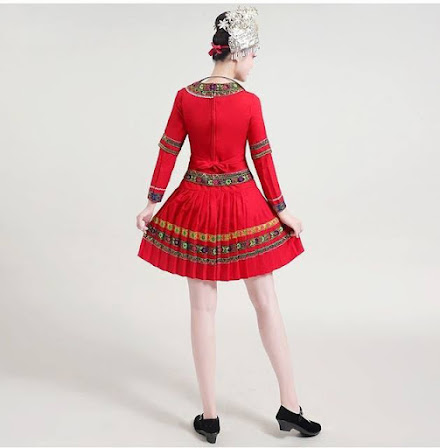A Fusion of Tradition and Style: Green and White Cheongsam Dresses for the Modern Woman

The cheongsam, also known as the qipao, is a timeless piece of Chinese clothing that continues to capture hearts with its elegance and sophistication. This article explores a modern twist on the classic cheongsam - the green and white two-piece qipao dress. A Refreshing Color Palette: The green and white color combination is a breath of fresh air. Green symbolizes growth, renewal, and harmony, while white represents purity and elegance. Together, they create a look that is both vibrant and sophisticated. This color scheme is perfect for young women and college students, offering a youthful and energetic feel while maintaining the inherent grace of the cheongsam. Modern Two-Piece Design: The two-piece design adds a touch of contemporary flair to the traditional cheongsam . This separates approach allows for greater versatility. The top, often a short-sleeved blouse with a mandarin collar, can be paired with other skirts or trousers for a more casual look. The skirt portion, typically k





